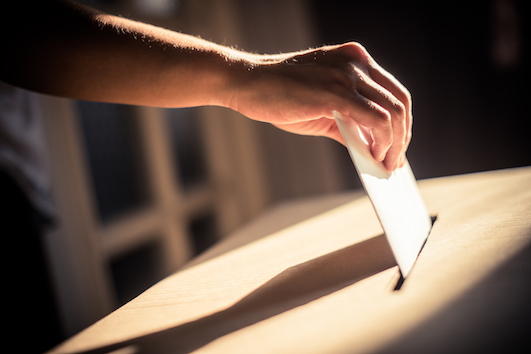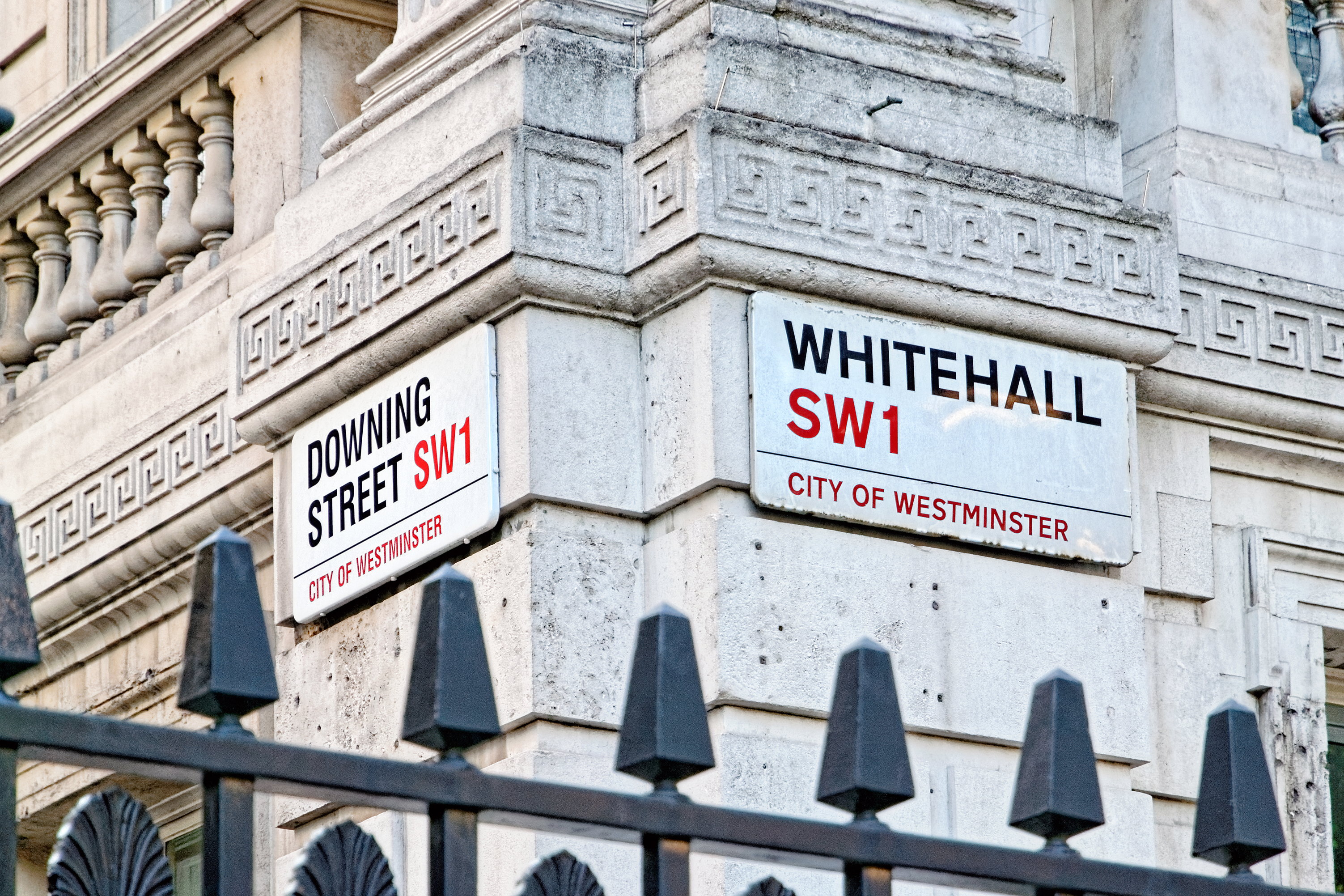What is same sex marriage?
Gay or same-sex marriage is the marital union of two people of the same sex. As marriage is a devolved legislative matter, it was legalised in different parts of the UK over a six-year period.
Same-sex marriage has been legal in England and Wales since March 2014, in Scotland since December 2014, and in Northern Ireland since January 2020.
UK legislation permitting same sex couples to marry, followed the Civil Partnership Act 2004 which authorised civil partnerships between same-sex couples.
As with married couples, civil partners are subject to the same legal framework of rights and obligations in a wide range of areas including taxation and benefits, maintenance and parental responsibility, inheritance of tenancy agreements, hospital visiting rights, protection from domestic violence and immigration, and nationality issues.


Under the Gender Recognition Act 2004, a transsexual who has been issued with a gender recognition certificate may enter into a civil partnership, or marry, according to his, her, or their acquired gender.
The Equality Act 2010 provided for amendments to the Civil Partnership Act 2004 to remove the prohibition on the use of religious premises in registering civil partnerships. The Government stressed how the voluntary nature of the change would enable faith groups to ‘opt-in’ whilst protecting those who did not wish to do so.
Support for gay marriage
In the face of opposition from church groups, the then equalities minister Lynne Featherstone challenged the view that the Government had no right to change marriage. She argued, “It is the Government’s fundamental job to reflect society and to shape the future, not stay silent where it has the power to act and change things for the better”.

Less than a quarter of marriages are now said to happen at religious venues.
Featherstone further insisted that it was not a battle between gay rights and religious beliefs, arguing:
“I believe that if a couple love each other and want to commit to a life together, they should have the option of a civil marriage, irrespective of whether they are gay or straight,….We are not prioritising gay rights, or trampling over tradition; we are allowing a space for the two to exist side by side.”
Among the public, there was a growing consensus that prohibiting gay marriage was discriminatory and unconstitutional by nature.
All international human rights agreements (the Universal Declaration of Human Rights, the European Convention on Human Rights) stressed the equal bestowal of rights on all people. It was argued that this was undermined if segments of society were barred from certain practices and rituals. To deny citizens the right to marriage, it was argued, was to create a class of secondary citizens whose dignity is diminished by outdated law. Campaigners noted how previous discrimination towards homosexuals resulted in acute psychological trauma among same-sex couples and their families.
Campaigners for same sex marriage also noted how religious opposition to homosexual marriage was largely framed by the assumption that the sole purpose of marriage is procreation. However, increasing numbers of married couples are shown to have opted to not have children and, moreover, that procreation has never been a prerequisite of legal marriage. Had this been the case, infertile couples would logically have faced similar objection. Over time, the historical concept of marriage has evolved to require no specifications of heterosexuality or procreation.
It was argued that legal marriage has become a secular institution which it was claimed should not be governed by singular religious groups or factions. It was argued that in a secular society like Britain, where over half the population are not religious, the excessive involvement of a country’s prevailing religion (namely, their non-elected church leaders) served only to threaten democratic governance. It was pointed out that less than a quarter of marriages were now occurring at religious venues.
As such, it was argued that the church should not dictate law on behalf of the wider society. This argument is still being made in relation to a number of other UK political issues today, including those around voluntary euthanasia, and the automatic right for 26 of the Church of England’s Bishops to sit in the House of Lords.
Opposition to gay marriage
Opponents of same sex marriage contend that marriage has traditionally been defined as being between one man and one woman, whose union permits procreation. It is further argued that civil and domestic partnerships grant gay couples the same protections and rights conferred by marriage without challenging the classical notion of marriage.
In 2009, Catholic priest John F. Harvey verbalised this religious standpoint: “Throughout the history of the human race the institution of marriage has been understood as the complete spiritual and bodily communion of one man and one woman.” Such views are often supported by Bible verses condemning homosexuality. Leviticus 18:22, for instance, states: “Thou shalt not lie with mankind, as with womankind: it is abomination,”.
Former Archbishop of Canterbury, Lord Carey, described the proposal to legalise gay marriage as “one of the greatest political power grabs in history.” Lord Carey said: “The state does not ‘own’ the institution of marriage. Nor does the church. The honourable estate of matrimony precedes both the state and the church, and neither of these institutions have the right to redefine it in such a fundamental way.”
Gay marriage around the world
From the turn of the century, the question of same-sex marriage would rise on the political agendas of governments worldwide.
In 2001, the Netherlands became the first to legalise the marriage of same-sex couples. The Dutch were followed by Belgium in 2003, Spain and Canada in 2005, South Africa in 2006, and Norway and Sweden in 2009.
In 2010, Argentina became the first country in Latin America to embrace same-sex marriage – some three years sooner than England, Wales and Scotland.
Gay marriage was officially legalised in the USA in 2015. By the end of 2020, however, thirteen of the 50 US states had enacted constitutional bans on same-sex marriage, known as “Defense of Marriage” Acts.
By mid 2021, just 29 countries had enacted legislation permitting same-sex marriage. Many have legalised civil partnerships among same-sex couples, while others preserve outright bans on homosexuality. Asia is the only populated continent whose every country outlaws gay marriage.
In September 2021, two thirds of Swiss voters supported same sex marriage in a nationwide referendum. Following the vote, the Swiss Federal Council announced that same-sex couples can get married as of July 1 2022.
Yes Lynne Featherstone does deserve credit for same-sex marriage
The history of same-sex marriage
Male homosexual activity was illegal in the UK until 1967. In the aftermath of the Second World War, convictions for homosexual offences increased markedly, with several high-profile figures being prosecuted. Over the years, this gave rise to increased public pressure for a re-assessment of existing law.
In 1954, the Departmental Committee on Homosexual Offences and Prostitution in Great Britain, headed by Sir John Wolfenden, was set up by the Conservative government. The resultant Wolfenden Report published in 1957 concluded that criminalisation of homosexuality was an impingement on civil liberty and that homosexual acts between consenting adults should not be an offence.
Despite the report’s recommendations, however, the Cabinet declined to effect change. It was not until a decade later that the Sexual Offences Act 1967 decriminalised homosexual activity between consenting adults and set the age of homosexual consent at 21, later reduced to 18.
There was no statutory age of consent for lesbian sex until the Sexual Offences Amendment Act 2000 which equalised the age of consent for homosexual and heterosexual men and women to 16 in England, Wales and Scotland. In Northern Ireland, the equalised age of consent was reduced to 16 (for both heterosexual and homosexual relationships) in 2008.
Meanwhile, the Civil Partnership Act 2004 was passed by the Labour Government, permitting same-sex couples the same rights and protections as married heterosexual couples in the UK. That year, the Gender Recognition Act 2004 granted transsexual people legal recognition as members of the sex appropriate to their gender. This allowed them to acquire new birth certificates and, verifying a formal recognition of their acquired sex in all areas of civil society, marriage included.
The first civil partnership in the UK was registered on 5 December 2005 between Christopher Cramp and Matthew Roche at Barnabas Hospice, West Sussex. The couple were allowed to forego the statutory 15-day waiting period as Matthew Roche was terminally ill with cancer and died the following day.
The first civil partnership in the UK registered after the waiting period, was between two women, Shannon Sickles and Grainne Close, at Belfast City Hall, Northern Ireland. This was followed by registrations in Scotland and England in December 2005.
The later decision to amend the Civil Partnership Act 2004 to remove the prohibition on religious premises was widely criticised by faith groups. The Government acknowledged that a large number of respondents to the consultation opposed the change, but insisted it was committed to “taking this important step for religious freedom and LGB rights”. The Church of England and the Roman Catholic Church stated that they would not allow their premises to be used for the registration of civil partnerships.
The Coalition Government announced the Marriage (Same Sex Couples) Bill in early 2013. The bill passed its third reading in the House of Commons in May with a vote of 366 to 161. The Marriage (Same Sex Couples) Act was given Royal Assent on 17 July 2013. In England and Wales, same-sex marriage was officially legalised on 29 March 2014. Similar legislation was passed by the Scottish Parliament in February 2014, receiving Royal Assent on 12 March 2014 and taking effect from 16 December 2014.
In 2015, Mikhail Ivan Gallatinov and Mark Goodwin became the first UK couple to have a same-sex wedding ceremony after marrying at Full Sutton Prison in East Yorkshire.
Some five years later, on 13 January 2020, same-sex marriage was legalised in Northern Ireland. The first same-sex marriage ceremony took place on 11 February 2020 between Robyn Peoples and Sharni Edwards-Peoples.
Quotes
“Conservatives believe in the ties that bind us; that society is stronger when we make vows to each other and support each other. So I don’t support gay marriage despite being a Conservative; I support gay marriage because I’m a Conservative.” – Former Prime Minister, David Cameron, in a speech to the Conservative Party Conference, 2011
“Marriage is a right of passage for couples who want to show they are in a committed relationship, for people who want to show they have found love and wish to remain together until death do them part. Why should we deny it to people who happen to be gay or lesbian who wish to show that commitment and share it with their family, friends and everybody else?” – Former Liberal Democrat Equalities Minister Lynne Featherstone,2012
“The moral teaching of the Church is that the proper use of our sexual faculty is within a marriage, between a man and a woman, open to the procreation and nurturing of new human life.”- The Archbishop of Westminster, the Most Reverend Vincent Nichols, 2009
“I’ve always defended doctrine. And it is curious about the law on homosexual marriage – it is a contradiction to speak of homosexual marriage.” – Pope Francis, 2020
Statistics
There were 242,842 marriages in England and Wales in 2017, a decrease of 2.8% from 2016. (Source – ONS, 2017)
Marriage rates for opposite-sex couples in 2017 were the lowest on record, with 21.2 marriages per 1,000 unmarried men and 19.5 marriages per 1,000 unmarried women.(Source – ONS, 2017)
Less than a quarter (22%) of all marriages in 2017 were religious ceremonies, the lowest percentage on record. (Source – ONS, 2017)
In 2017, there were 6,932 marriages of same-sex couples of which 56% were between female couples; a further 1,072 couples converted their existing civil partnership into a marriage. (Source – ONS, 2017)
Nearly 9 in 10 (88%) of opposite-sex couples cohabited before getting married in 2017; this proportion was slightly higher for couples who had a civil ceremony (90%) compared with those who had a religious ceremony (81%). (Source – ONS, 2017)
The average age at marriage of opposite-sex couples was 38.0 years for men and 35.7 years for women in 2017. (Source – ONS, 2017)
Mark the date: Same sex couples sign up for first gay marriages










